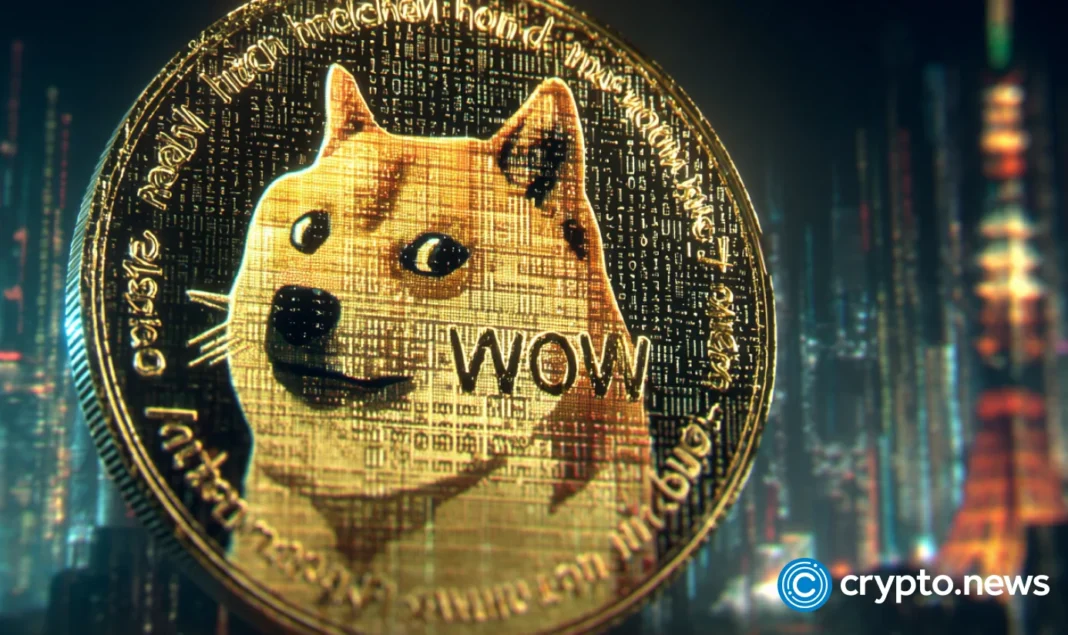Market Pulse
In an increasingly fractured global financial landscape, a controversial new player has emerged: rouble-pegged digital tokens. These nascent stablecoins, explicitly designed to circumvent international sanctions, are rapidly gaining traction, sparking an intense debate about the future of global finance, national sovereignty, and the role of cryptocurrency. As geopolitical tensions escalate, these tokens represent a direct challenge to established financial control mechanisms, forcing regulators and the crypto industry alike to confront unprecedented complexities.
The Emergence of Rouble-Pegged Tokens
Rouble-pegged tokens are a specific class of stablecoins designed to maintain a stable value relative to the Russian Rouble. Unlike traditional stablecoins often backed by fiat reserves held in regulated financial institutions, these new digital assets are increasingly being developed and utilized within ecosystems less susceptible to Western oversight. Their primary utility lies in facilitating international trade and financial transactions for entities and nations targeted by comprehensive economic sanctions, offering a digital alternative to the SWIFT banking system and traditional cross-border payment channels.
- Mechanism: Typically collateralized by ruble reserves, though the transparency and auditability of these reserves can vary significantly.
- Purpose: To enable trade, investment, and remittances for sanctioned entities, bypassing traditional banking intermediaries.
- Adoption: Gaining traction among nations and businesses seeking alternative financial rails outside the conventional Western-dominated system.
Geopolitical Implications and Sanctions Evasion
The rise of rouble-pegged tokens marks a pivotal moment in the ongoing economic warfare between geopolitical blocs. For countries imposing sanctions, these tokens represent a formidable obstacle to their policy objectives, potentially diluting the effectiveness of punitive financial measures. For sanctioned nations, they offer a pathway to maintain economic lifelines and forge new alliances, leveraging the decentralized nature of blockchain technology to create a parallel financial infrastructure.
Experts suggest this development could trigger a global ‘digital asset arms race,’ where more nations, particularly those with strained international relations, explore similar strategies to protect their economic interests. The implications extend beyond finance, touching upon issues of national security and diplomatic leverage.
Regulatory Tightrope and Global Reaction
International regulatory bodies, already grappling with the broader challenges of cryptocurrency oversight, now face the urgent task of addressing rouble-pegged tokens. Concerns are mounting about their potential use in illicit financing, money laundering, and terrorism funding, making their regulation a top priority. Jurisdictions globally are exploring various countermeasures, from enhanced blockchain analytics to targeted sanctions on crypto platforms facilitating such transactions.
- OFAC’s Stance: The U.S. Office of Foreign Assets Control (OFAC) and similar bodies are intensifying efforts to track and sanction wallets and entities involved with these tokens.
- Exchange Responsibilities: Crypto exchanges and custodial services face increased pressure to implement robust KYC/AML policies and block transactions linked to sanctioned addresses.
- Technological Challenges: Tracing transactions on decentralized ledgers, especially those operating on private or permissioned blockchains, presents significant technical hurdles for enforcement agencies.
The Dual Nature of Digital Sovereignty
This phenomenon underscores the dual nature of digital assets in the modern world. On one hand, they empower nations to assert a form of ‘digital sovereignty,’ creating financial systems independent of external control. On the other hand, this independence can severely undermine global financial stability and the international rules-based order built on cooperation and transparency. The tension between these two forces will likely define the next chapter in cryptocurrency’s evolution, demanding innovative solutions from policymakers and the industry.
Conclusion
The emergence of sanctioned rouble-pegged tokens has thrown a complex wrench into the gears of global finance and international relations. While offering a lifeline to sanctioned economies, these digital assets also present profound challenges to global regulatory frameworks and the integrity of the financial system. As the world grapples with this new geopolitical frontier in crypto, the interplay between technological innovation, state power, and economic sanctions will undoubtedly reshape our understanding of money, trade, and digital governance for years to come.
Pros (Bullish Points)
- Offers an alternative payment rail for countries and entities under economic sanctions, potentially fostering new trade relationships.
- Demonstrates the resilience and adaptability of blockchain technology in complex geopolitical environments.
Cons (Bearish Points)
- Poses a significant challenge to the effectiveness of international sanctions regimes, potentially undermining global stability.
- Increases regulatory scrutiny on the broader crypto industry, risking stricter compliance requirements for all digital assets.
Frequently Asked Questions
What are rouble-pegged tokens?
Rouble-pegged tokens are stablecoins whose value is designed to remain stable relative to the Russian Rouble, primarily used to facilitate transactions outside traditional financial systems.
Why are these tokens controversial?
They are controversial because their primary use case involves circumventing international economic sanctions, challenging global financial oversight and policy objectives.
What are the regulatory challenges posed by these tokens?
Regulators face challenges in tracing transactions, enforcing sanctions on decentralized platforms, and preventing their use in illicit financing activities globally.



